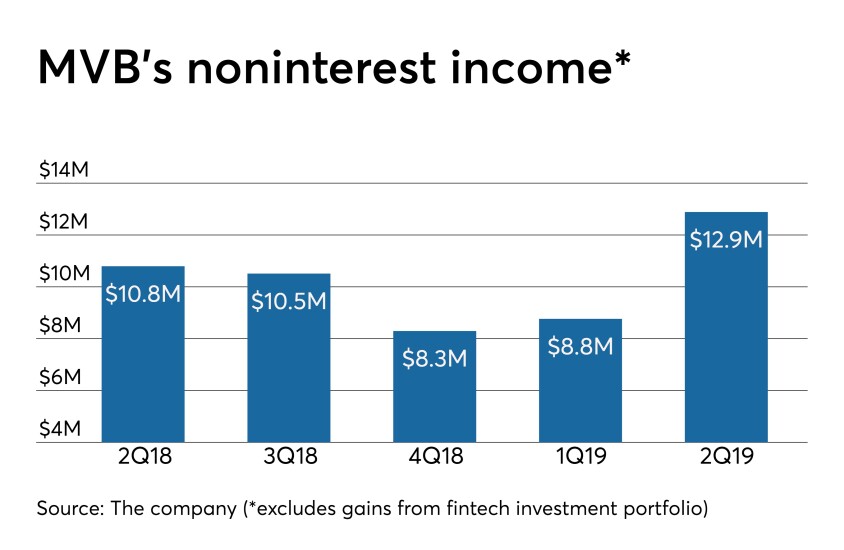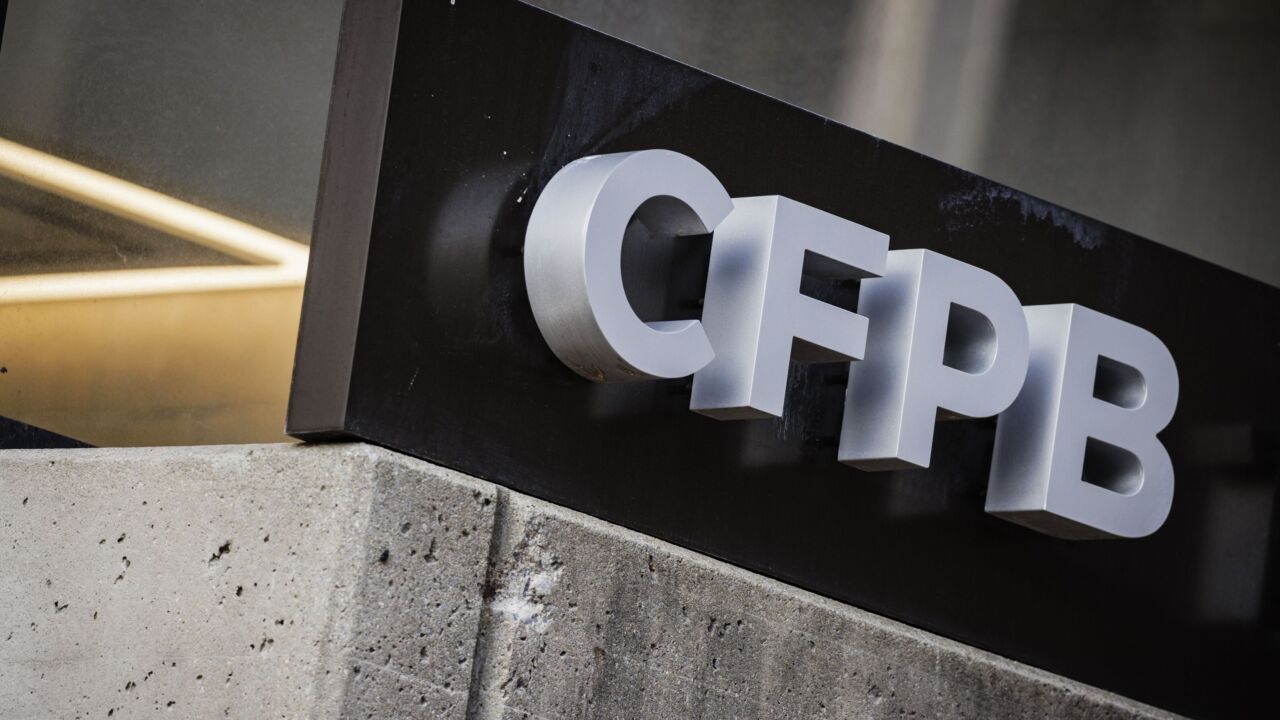Bank earnings in the second quarter have been a mixed bag.
A large number of banks met expectations, with more than half of the companies tracked by Keefe, Bruyette & Woods reporting earnings that topped forecasts.
But a third swung and missed consensus estimates during the quarter. Another concerning statistic: The number of overachievers fell from the 60% that topped estimates in the first quarter.
A number of factors have worked against banks, including narrower net interest margins, slower loan growth and one-off credit issues.
Still, several community banks were able to stand out, reporting strong financial results and giving investors optimism that they can sustain the quarter’s momentum through the rest of 2019.
Here is a look at some of those high performers.














